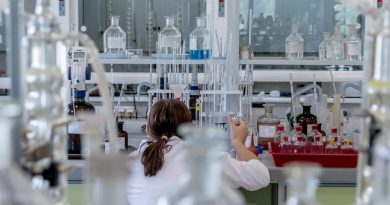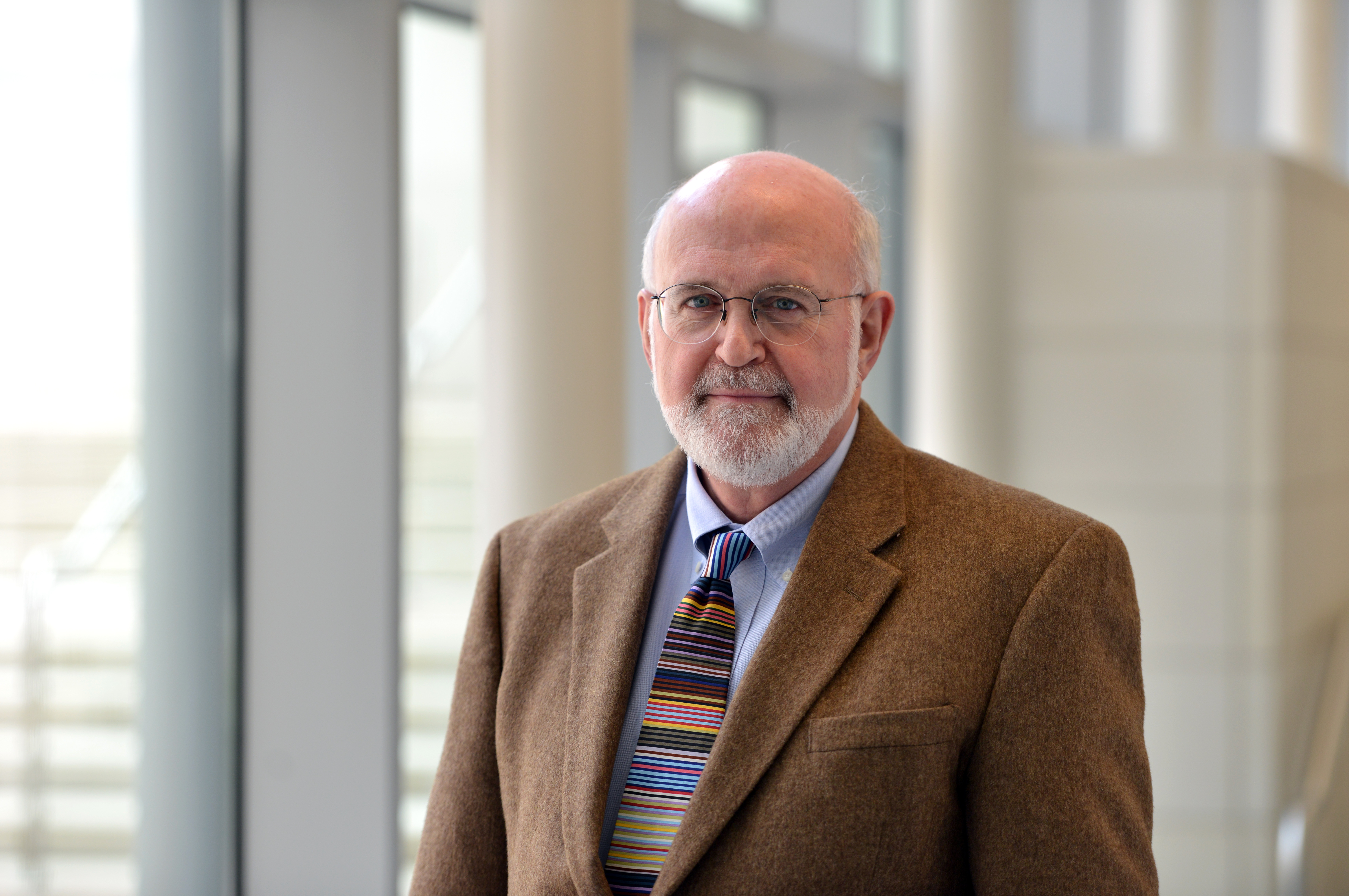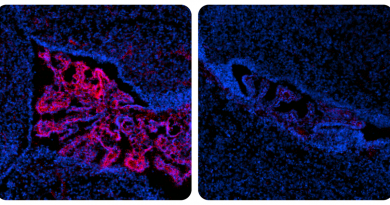A 12-hour biological clock coordinates essential bodily functions
It’s not a good idea to disturb the circadian rhythm on a regular basis. For instance, experimental evidence shows that night-shift workers who periodically change their night and day shifts or people who travel overseas often alter their sleep cycles, and this seems to make them prone to gain weight and develop diabetes and other alterations of metabolism that may lead to disease.

While some bodily activities such as sleeping mostly occur once every 24 hours – they follow a circadian rhythm – other functions, such as body temperature, cognitive performance, blood pressure, hormone levels and response to therapy seem to present an additional 12-hour cycle, but little is known about the biological basis of their rhythm.
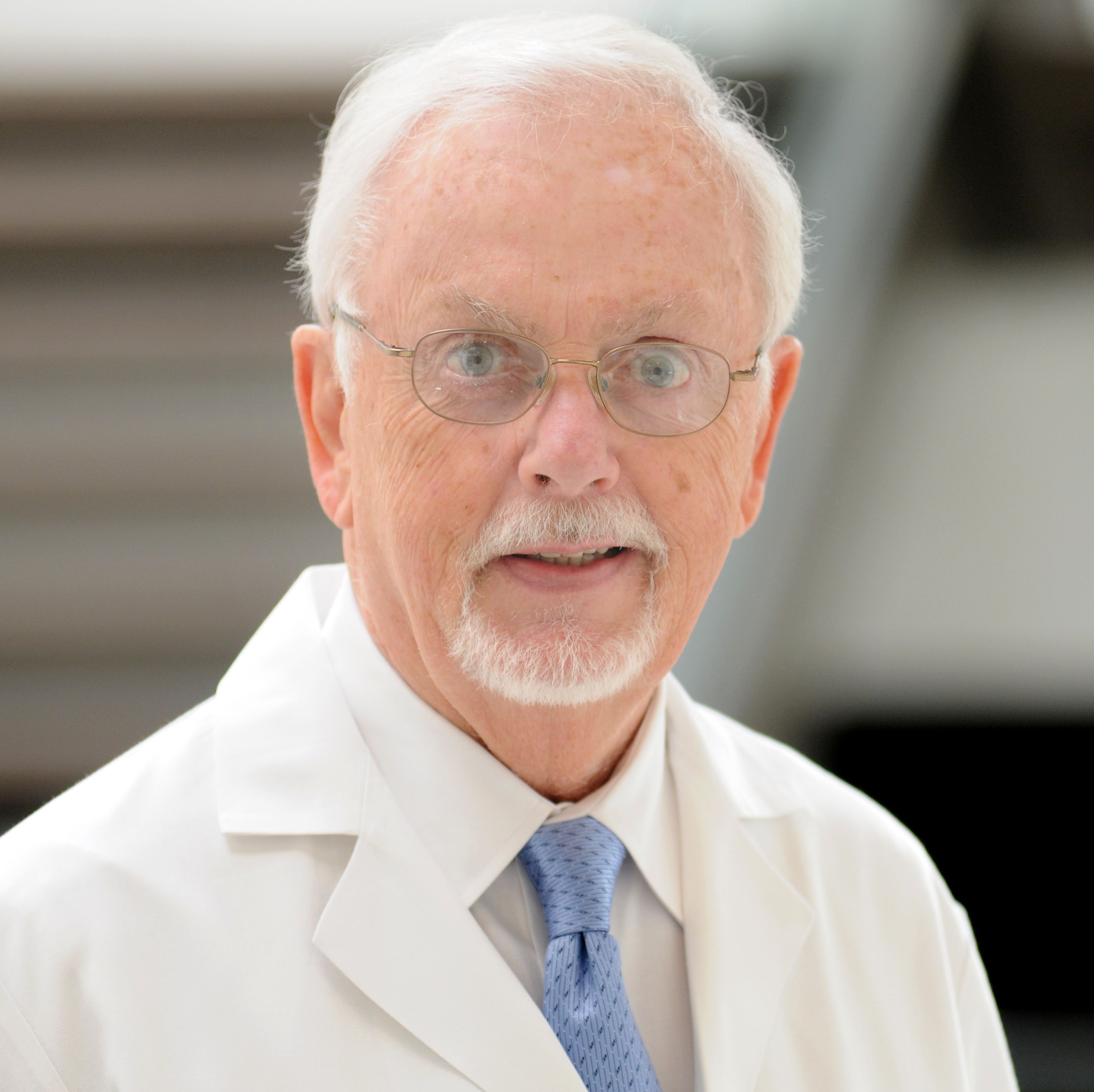
“Our lab has been studying how the 24-hour cycles are regulated, and we and others have shown that disturbing these clocks may lead to diseases of metabolism,” said Dr. Bert O’Malley, chair and professor of molecular and cellular biology and Thomas C. Thompson Chair in Cell Biology at Baylor College of Medicine, and the senior author of this work. “Here we have studied a number of genes that follow a 12-hour cycle.”
Altered 12-hour cycles have been associated with human diseases and about 200 genes have been identified that are activated in 12-hour cycles. In this study, O’Malley and his colleagues set out to determine whether there was a larger number of 12-hour genes and whether their cycles followed the definition of a biological clock, that is whether they worked autonomously and their oscillation could be adjusted by the environment.
Math meets biology to identify the body’s internal clocks

Dr. Bokai Zhu, the first author of this study and a postdoctoral fellow in the O’Malley lab, carried out biological analyses to determine the activity of thousands of mice genes over time.
“I was interested in using mathematical approaches to determine whether these gene activities followed a particular rhythm,” Zhu said.
Zhu and his colleagues began a collaboration with Dr. Clifford Dacso, professor of molecular and cellular biology at Baylor, and Dr. Athanasios Antoulas, professor of electrical and computer engineering at Rice University.
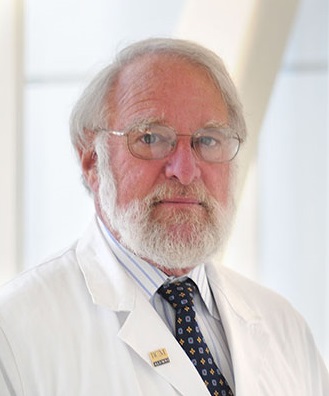

“Antoulas is a mathematician and an engineer whose expertise is in processing digital signals, like electronic waves. He treated the gene expression data as digital data developing a new mathematical method that would uncover frequencies from very noisy digital signals,” Zhu said.
“The first results identified previously known genes that follow 24-hour cycles of activity,” said Zhu.
What was surprising is that we also found more than 3,000 genes that were expressed following 12-hour rhythms,” said Zhu. “A large portion of these genes was superimposed on the already known 24-hour gene activities.”
Further work showed that the 12-hour rhythms of genetic activity work as biological clocks. They occur regularly and autonomously in the cells, and their oscillation can be synchronized by certain external stimuli. The researchers discovered that 12-hour clocks are independent from 24-hour clocks. When they experimentally eliminated a 24-hour clock, 12-hour clocks continued ‘ticking.’ Furthermore, the external cues that can synchronize 24-hour clocks, such as sunlight, do not affect 12-hour clocks.
“Of all the genes we analyzed, two sets with 12-hour cycles stood out; those involved with protein quality control and processing, which mainly occurs in the endoplasmic reticulum, and those related to the energy supply of the cell, which involves the mitochondria,” Zhu said. “The activities of the endoplasmic reticulum and mitochondria depend on each other, and we have shown here that the 12-hour genes in the endoplasmic reticulum are synchronized with the 12-hour genes in the mitochondria, which provide the energy needed for protein processing.”
“In addition, we found that certain liver conditions are associated with disturbed 12-hour gene expression in mice. We anticipate that further study of 12-hour cycles might lead to opportunities to improve prevention of or treatments for diseases of the liver and other organs in the future,” O’Malley said.
The researchers think that mammals might have inherited their 12-hour cycles from sea animals that follow a 12-hour cycle of activity that goes along with the tides. The 12-hour cycle is called circatidal, for being related to the tides which occur 12 hours and 25 minutes apart.
Read the complete study in Cell Metabolism.
###
Other contributors to this work include Qiang Zhang, Yinghong Pan, Emily M. Mace and Brian York. The authors are affiliated with one or more of the following institutions: Baylor College of Medicine, Rice University, the University of Houston and the Max Planck Institute.
This research was supported by grants from the NationaI Institutes of Health (U24 DK097748 and R01 HD07857), the Brockman Foundation, the Center for Advancement of Science in Space, Peter J. Fluor Family Fund, Philip J. Carroll, Jr. Professorship, Joyce Family Foundation, the National Science Foundation Grant CCF-1320866 and the German Science Foundation Grant AN-693/1-1.

